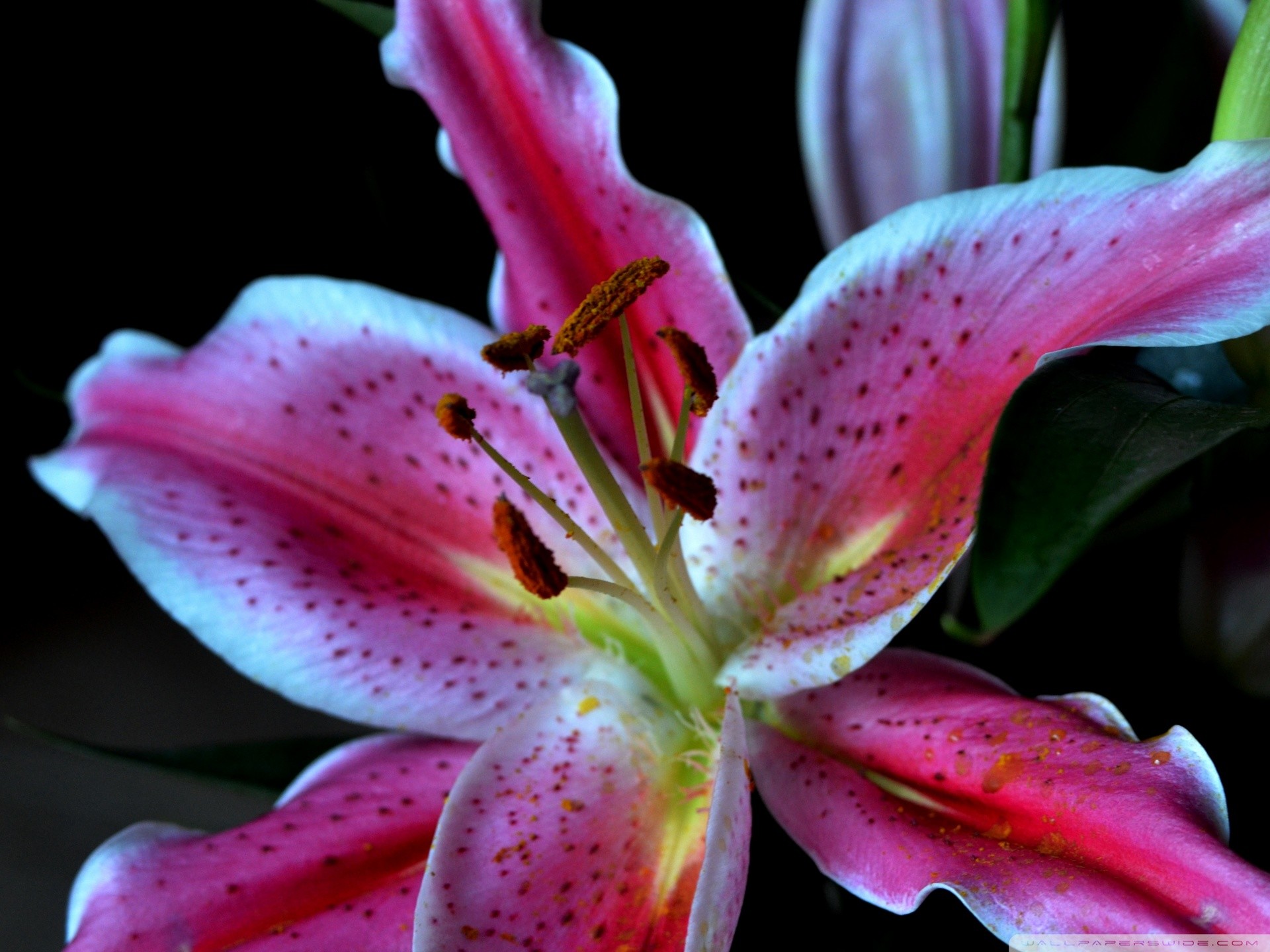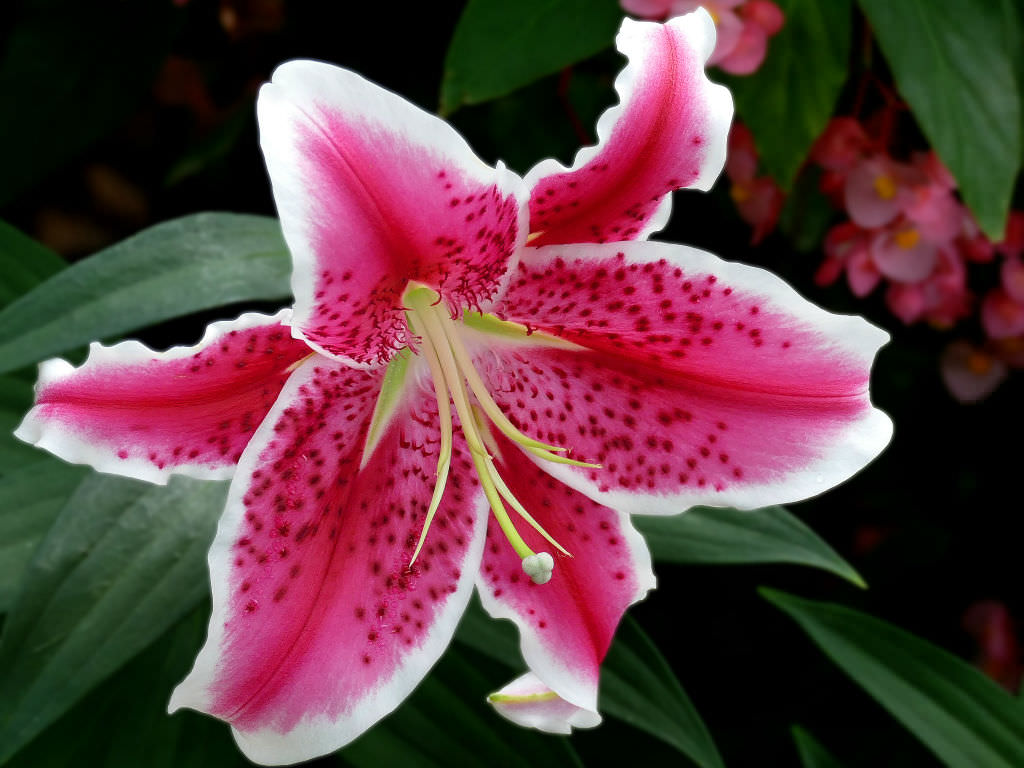
These lilies have some different colours. The appearance of Stargazer Lily Stargazer Lily Therefore, Woodriff created the new cross, called the Stargazer that pointed towards the sky.Ģ. The Rubrums bloom pointing down, thus people thought that it looked like a wilted flower. Rubrum lilies were Stargazers’ predecessor. They are often incorrectly called the “Rubrum” lilies. Because it opens towards the sky, Woodruff named it ‘Stargazer’. Stargazer Lily has the fragrance and shape of Asiatic Lily but inherited the hardy habits of Oriental Lily. To breed the Stargazer, he cross-pollinated the Asiatic and Oriental Lily, resulting in these lilies. Stargazer Lily was first developed around 1978 by Leslie Woodruff. We will present you with this information, packed up into five lists of facts below.

#Star gazer lily how to#
The Stargazer Lily, like any other flowers, have its meaning and history, how they were first discovered and developed, and how to care for these beautiful lilies. They are herbaceous perennials like most true lilies. They have a great fragrance, blooming in a dramatic and bold appearance, making these lilies unique because those flowers in the oriental lily group usually tend to hang down, yet the Stargazer Lily faces upward and seem to be looking at the heavens, hence the name. Being one of a lily flower, it automatically became a star of the floral world like its name. Cover bulb with a 50-50 mixture of soil and compost, gently pat the soil down and water thoroughly.Stargazer Lily or Lilium ‘Stargazer’ is a member of the oriental lily group. Place one bulb in each new planting hole. Gently brush away soil from bulbs and separate them. Use a sharp spade to get the bulbs and dig up the entire mound of surrounding soil. This will enable you to dig them up by slicing through any of them with a spade.īefore digging up bulbs, prepare new planting holes so the bulbs can be placed back in the ground immediately. Stargazer lilies do not have to be divided, but if they outgrow their space or if you want to start the flowers in another location, dividing and transplanting is what you will need to do.īulbs can be divided any time the plant is not in bloom, but fall (autumn) is the best time of year for digging the bulbs up.Īfter the first frost in fall kills the foliage, you will be able to see exactly where the bulbs are located underground. The older bulbs will grow larger each year and produce larger lily blooms each year also. Dividing and Transplanting StargazersĪs perennials plants that start from bulbs, the bulbs will naturalize and spread underground. Green foliage should not be cut back or removed because the greenery is providing the lily bulb with energy and nourishment for bloom production next year.Īfter the foliage turns brown in the fall it can be safely removed.Īpply a fresh layer of organic mulch over Stargazer bulbs in the late fall to protect the lily bulbs from winter freeze damage.

Keep spent blooms removed from the plants to encourage new growth. Something to keep an eye out for is for top-heavy blooms, the plants may require staking to keep them upright.įeed with a balanced 10-10-10 granulated fertilizer once a month during the growing season and water during times of drought. Stargazer lilies will reach a mature height of 3 feet. Use the sticky side of the tape to trap and lift pollen particles away.

Getting the pollen wet makes an even bigger mess.
#Star gazer lily skin#
If pollen does come into contact with skin or clothing, do not try to wash it off.

Wear gloves when cutting Stargazer blooms and remove the pollen from the stamen, being careful not to allow the pollen to touch the petals so cut blooms will last longer. Removing it from skin or clothing is difficult. This pollen is very sticky and will stain on contact. When admiring or cutting the blooms, avoid coming into contact with the yellow pollen.


 0 kommentar(er)
0 kommentar(er)
